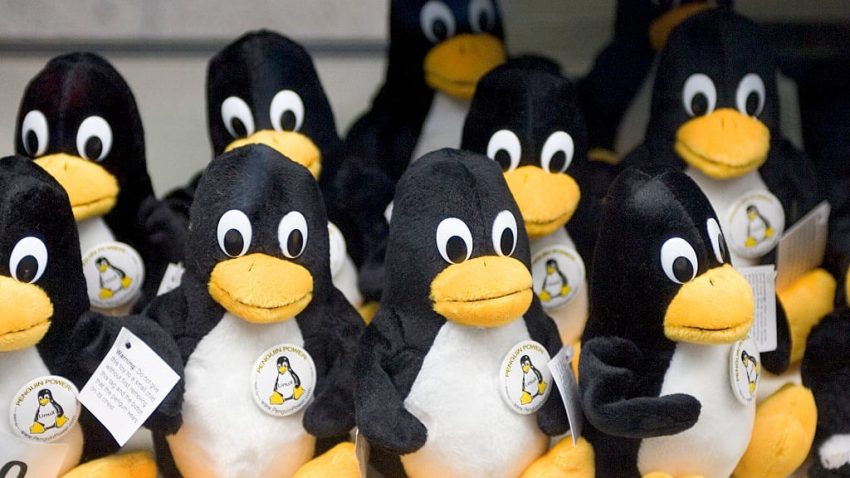The Rise of Linux in the US Desktop Market
For many years, the open-source operating system Linux has struggled to gain significant traction against more established competitors like macOS and Windows. However, recent data suggests that Linux may be on the verge of a breakthrough. According to Statcounter’s June 2025 statistics, Linux now holds a 5.38% share of the US desktop operating system market, marking its highest-ever result. While this percentage may seem modest compared to the dominance of other operating systems, it represents a meaningful shift in the landscape.
Windows remains the clear leader with a 63.2% market share, followed by Apple’s macOS, which accounts for 24%. This figure is split between OS X at 16.57% and macOS at 7.72%. Despite this, the rise of Linux could be attributed not only to its own growth but also to a decline in Windows’ market share. Statcounter reports that Windows has lost 5.1% of its market share since December 2024, indicating a possible shift in user preferences.
Factors Behind Linux’s Growth
TechSpot has highlighted several potential reasons for Linux’s recent increase in popularity. One key factor is growing dissatisfaction with the Windows ecosystem. The release of Windows 11 faced slower adoption than its predecessor, largely due to high performance requirements tied to the Trusted Platform Module (TPM) security feature. Microsoft insisted that TPM was necessary for security, but many users found it restrictive, especially for older hardware.
In addition, Windows 11 Copilot+ has been met with controversy and regulatory scrutiny over alleged privacy concerns. These issues have drawn attention from UK regulators, further damaging the reputation of the operating system. Notably, Windows 11 only recently overtook Windows 10 in terms of adoption, signaling a slow and uneven transition for many users.
Linux’s Strategic Wins
Despite these challenges, Linux has made some notable gains. One significant example is Denmark’s government, which has moved to adopt Linux for parts of its IT infrastructure. The decision was driven by pragmatic considerations such as cost-cutting and the pursuit of “digital sovereignty.” This move highlights the growing appeal of open-source solutions in public sector environments.
Linux has also found a place in consumer technology, most notably with the Steam Deck, a handheld gaming device that runs on the operating system. This exposure has introduced Linux to a broader audience, helping to break down some of the stigma associated with using it.
Why Linux Might Be Worth Considering
For long-time Mac or Windows users who are hesitant to try Linux, there are resources available to ease the transition. Guides and tutorials provide step-by-step instructions on how to switch, offering insights into the benefits and challenges of making the move. Many users report improved performance, greater customization, and enhanced security when switching to Linux, particularly for those who prioritize control over their computing environment.
While Linux may never fully challenge the dominance of Windows and macOS, its increasing presence in both public and private sectors suggests that it is no longer just a niche option. As more users become aware of its capabilities and advantages, the future of Linux in the desktop market looks increasingly promising.
